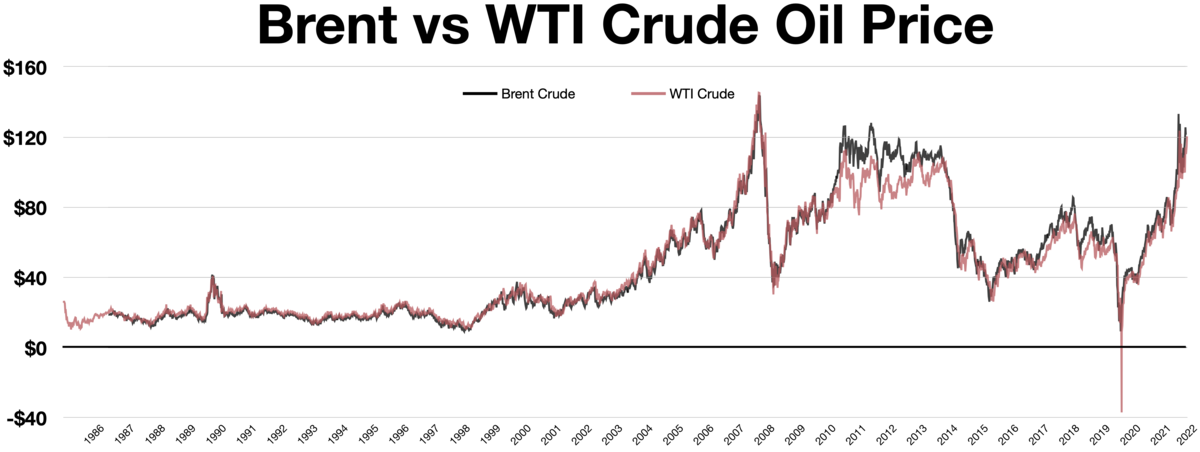Shortround6
Lieutenant General
The 2 bladed propellers were out of service in Sept of 1939 (unless in an OTU?) . Granted the 2 pitch props were a bit lacking but the Hurricane I was actually pretty hot stuff in Sept 1939.Not an expert, but they seem to have metal wings and three blade propellers, the Hurricane didnt get them until 1939-40, long after the He 112 was rejected. My post was only about what the term "benchmark" means.


